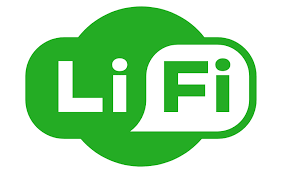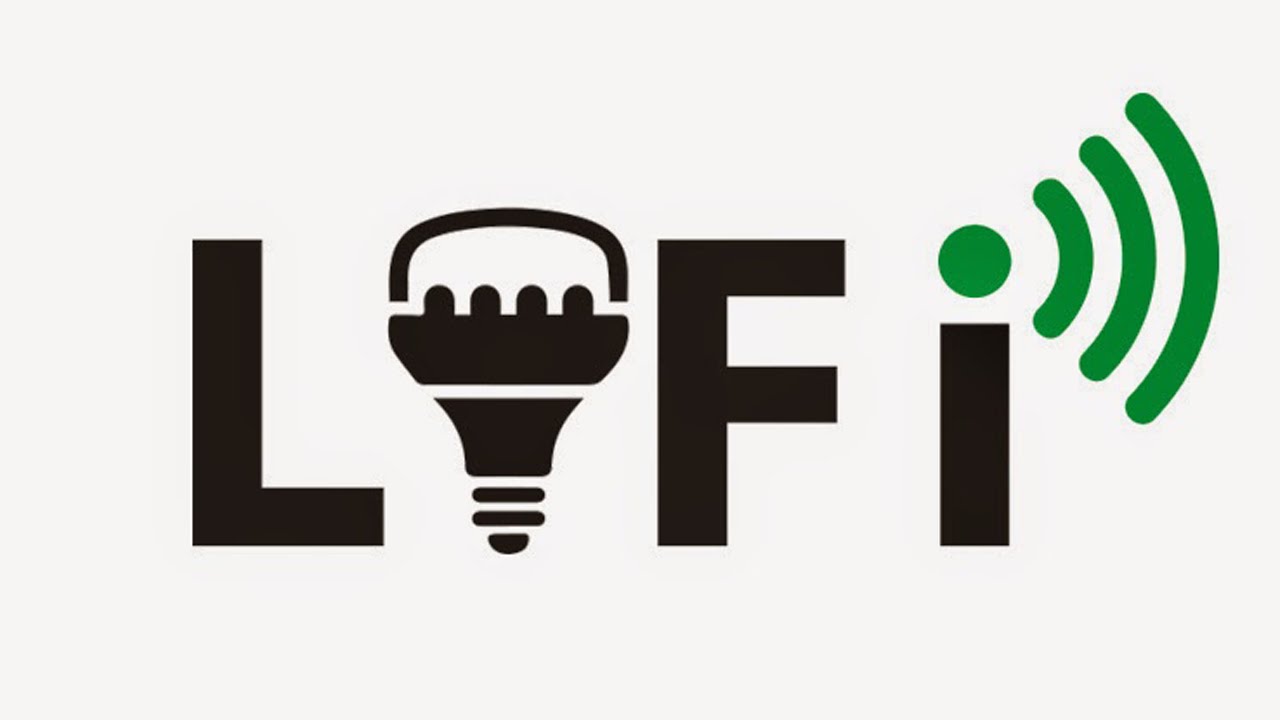Li-Fi can provide faster and more reliable communication in IoT ecosystems-Explore

WHAT IS Li-Fi
A bidirectional wireless technology called LiFi (light fidelity) transfers data using infrared or LED light. Unlike wifi, which uses radio frequency, LiFi technology was initially introduced in 2011 and uses only a light source with a chip to transmit an internet signal through light waves.
How does Li-Fi work?
Li-Fi works by using light-emitting diodes (LEDs) to transmit data. These LEDs emit light that is modulated at a high frequency, imperceptible to the human eye.
Photodetectors receive the modulated light signals and convert them back into data. By rapidly flickering the LEDs, Li-Fi can achieve data transfer rates that surpass traditional wireless technologies.

This represents a remarkable improvement over current wireless networks.
The speed and bandwidth of 3G and 4G are increased via LiFi.
The latter have a finite capacity and become overloaded as the number of users increases, resulting in crashes, performance reductions, and even connection interruptions.
However, LiFi has a band frequency of 200,000 GHz, which is 100 times faster than the limit 5 GHz of wifi, and can carry significantly more data per second.
Infrared light with a radius of 2.5 metres was used in a 2017 study by the University of Eindhoven to achieve download speeds of 42.8 Gbit/s when the fastest wifi could only manage 300 Mbit/s.
IMPLEMENTING LIFI WORLDWIDE
The German scientist Harald Haas, a professor and the director of the University of Edinburgh’s LiFi Research and Development Centre, is responsible for the development of LiFi technology, which could soon be available in our homes.
In offices all around the world, it is presently being tested with LED luminaires, and the aeronautical sector is already developing solutions to incorporate it into commercial aircraft.
Other areas where LiFi technology may catch on are airports, medical facilities, and city streets.
According to the Global Market for LiFi Technology Analysis and Forecast 2018–2028, the proliferation of mobile devices and the rising need for greater bandwidth systems are likely to propel the development of this social technology in the ensuing ten years.
Read More –
How Technology Has Affects People- Life An Analysis 2023 |
According to this analysis, the global market will have a value of close to $36 billion in 2028, with a compound annual growth rate of 71.2% over the following ten years.
Up until 2028, the Asia-Pacific area will take the lead in worldwide LiFi technology growth, surpassing Europe, which remained in the lead in 2017.

Li-Fi applications in various sectors
Li-Fi’s potential applications span across numerous sectors, including:
- Smart lighting: Li-Fi can be integrated with smart lighting systems to provide wireless communication alongside illumination.
- Indoor positioning: Li-Fi can enable accurate indoor positioning systems, finding applications in museums, hospitals, and retail environments.
- Aviation and transportation: Li-Fi can enhance in-flight connectivity, communication between vehicles, and information dissemination in transportation hubs.
- Healthcare: Li-Fi’s secure and high-speed data transmission can facilitate telemedicine, remote patient monitoring, and data exchange in healthcare facilities.

LIFI VS. WIFI: WHO GETS TO WEAR THE CROWN OF THE WIRELESS NETWORKS?
LiFi technology is faster, cheaper and even more secure than wifi. Its main advantages include:
 Faster: the current speed of wifi oscillates between 11 and 300 Mbit/s, while that of LiFi is also highly variable according to the last studies carried out. The most widely accepted speed is 10 Gbit/s, but it has been proven that it could reach 224 Gbit/s and that a 1.5 Gbit film could be downloaded in thousandths of a second.
Faster: the current speed of wifi oscillates between 11 and 300 Mbit/s, while that of LiFi is also highly variable according to the last studies carried out. The most widely accepted speed is 10 Gbit/s, but it has been proven that it could reach 224 Gbit/s and that a 1.5 Gbit film could be downloaded in thousandths of a second.
 Cheaper and more sustainable: it is up to 10 times cheaper than wifi, requires fewer components and uses less energy. All you have to do is turn on a light!
Cheaper and more sustainable: it is up to 10 times cheaper than wifi, requires fewer components and uses less energy. All you have to do is turn on a light!
 More accessible: any light fitting can easily be converted into an internet connection point, as only a simple LiFi emitter needs to be fitted.
More accessible: any light fitting can easily be converted into an internet connection point, as only a simple LiFi emitter needs to be fitted.
 More secure: light does not pass through walls like radio waves do, and this prevents intruders from intercepting LiFi communications through a wireless network.
More secure: light does not pass through walls like radio waves do, and this prevents intruders from intercepting LiFi communications through a wireless network.
 More bandwidth: the light spectrum is 10,000 times wider than the radio spectrum, which increases the volume of data it can carry and transmit per second.
More bandwidth: the light spectrum is 10,000 times wider than the radio spectrum, which increases the volume of data it can carry and transmit per second.
 More reliable: LiFi transmits its signal without interruptions, making communication more stable than with wifi.
More reliable: LiFi transmits its signal without interruptions, making communication more stable than with wifi.
 No interference: electronic light does not interfere with radio communications, interact with other systems or compromise transmissions from aircraft, ships, etc.
No interference: electronic light does not interfere with radio communications, interact with other systems or compromise transmissions from aircraft, ships, etc.
 Wireless and invisible: LiFi takes advantage of lights and dispenses with the router, so it works without the need for cables. In addition, it can operate with infrared light, which is invisible to the human eye, or with visible LED light at very low intensity so as to avoid disturbance.
Wireless and invisible: LiFi takes advantage of lights and dispenses with the router, so it works without the need for cables. In addition, it can operate with infrared light, which is invisible to the human eye, or with visible LED light at very low intensity so as to avoid disturbance.
 No saturation: internet connection via light could prevent the collapse of the radio spectrum which, according to LiFi’s inventor Harald Haas, could take place by 2025.
No saturation: internet connection via light could prevent the collapse of the radio spectrum which, according to LiFi’s inventor Harald Haas, could take place by 2025.
With the emergence and development of LiFi technology, many foreshadow the obsolescence of wifi and other wireless networks.
We will have to wait a few more years to see if streetlights, in addition to illuminating our streets, will connect us to the internet at the speed of light.
Wi-Fi is out of date; be ready for faster, more secure connectivity. Li-Fi
Wi-Fi may be on its way out, while Wi-Fi 7 is on its way in.
The IEEE standards committee, which governs Wi-Fi, has announced the IEEE 802.11bb light communications standard, which will cover the developing Li-Fi technology, according to Tech hub.
Instead of wireless network signals, Li-Fi employs infrared light that is invisible to the human eye to provide light-based wireless optical connection at rates up to 100 times faster than Wi-Fi.
Light can provide signals free of radio interference, and the International Telecommunication Union’s G.9991 standard already competes with Li-Fi.
According to Tech hub, this standard is employed with Signify’s data-beaming lights. In February, pureLiFi debuted the Light Antenna One system, which already fulfils 802.11bb specifications.
This is a module that may be integrated into cellphones, and the maker says that it can give data rates of up to 1Gbps.
However, Light Antenna One is only rated to communicate with devices less than 10 feet away and has a 24-degree field of vision when sending back.
Nonetheless, the Light Antenna One’s creator claims that it is ready “to enable mass integration of Li-Fi for the first time.”
Despite pureLiFi’s 1Gbps claim, download data rates for Li-Fi are estimated to reach as high as 224Gbps, above the average Wi-Fi 7 download speed of 40Gbps.
One of the benefits of Li-Fi is improved security since signals are less likely to seep through barriers.
Li-Fi transmitters are simply put in workplace light fixtures, and Li-Fi’s greater data rates would undoubtedly provide the rapid connectivity that Augmented Reality, Virtual Reality, and gaming devices may benefit from.
In addition to better download rates, Li-Fi guarantees minimal latencies.
Energy efficiency of Li-Fi
Li-Fi is renowned for its energy-efficient nature. The technology utilizes existing lighting infrastructure, such as LED bulbs, to transmit data.
By leveraging these energy-efficient light sources, Li-Fi reduces power consumption compared to traditional Wi-Fi systems. Moreover, since Li-Fi only transmits data where light is present, it can be selectively deployed, further optimizing energy usage.
Challenges and limitations of Li-Fi
While Li-Fi shows great promise, it also faces some challenges and limitations:
- Line-of-sight requirement: Li-Fi signals require a direct line of sight between the transmitter and receiver, limiting its range and applicability in certain scenarios.
- Interference from ambient light: Li-Fi performance can be affected by ambient light sources, necessitating careful control and modulation techniques.
- Scalability and compatibility: Widespread adoption of Li-Fi requires compatible devices and infrastructure, which may take time to develop and deploy.
Future prospects of Li-Fi
The future of Li-Fi looks promising. Researchers and engineers are continuously working to overcome the current limitations and expand the applications of this technology.
As Li-Fi matures, we can expect increased compatibility, improved performance in challenging environments, and integration with other emerging technologies like the Internet of Things (IoT).
Conclusion
Li-Fi is an exciting technology that holds tremendous potential for energy-efficient communication.
With its high-speed data transfer, enhanced security, and reduced energy consumption, Li-Fi can revolutionize the way we communicate wirelessly.
As the technology continues to advance, we can look forward to a future where Li-Fi plays a crucial role in enabling faster, more reliable, and eco-friendly wireless communication.
This is only the beginning of Li-Fi, and in a few years, we may be talking about the technology with the same ease that we do about Wi-Fi.
FAQs
1. Is Li-Fi faster than Wi-Fi? Yes, Li-Fi can achieve significantly faster data transfer speeds compared to Wi-Fi, reaching several gigabits per second.
2. Can Li-Fi work in the absence of visible light? No, Li-Fi relies on visible light to transmit data. In the absence of light, Li-Fi cannot operate.
3. Are there any health concerns associated with Li-Fi? Li-Fi uses LED light sources, which are generally safe and pose no known health risks to humans.
4. Can Li-Fi penetrate walls? No, Li-Fi signals cannot penetrate walls like radio waves. It requires a direct line of sight between the transmitter and receiver.
5. When can we expect widespread adoption of Li-Fi? While Li-Fi is still in its early stages, ongoing research and development suggest that widespread adoption could become a reality within the next decade.

















